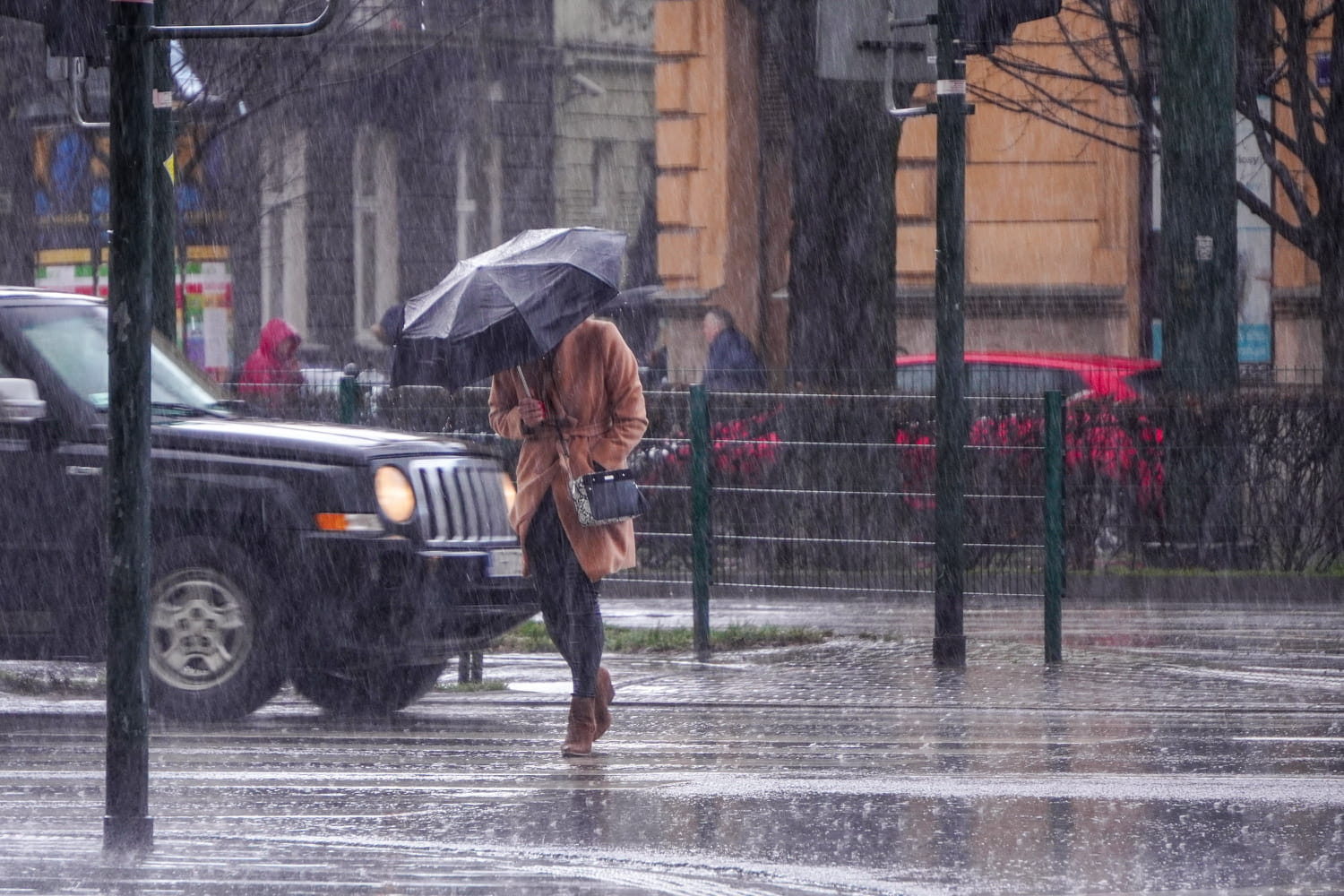The weather will be disrupted over the next few days…
Meteorologists are studying it closely. Developing for several days in the Caribbean, Hurricane Melissa arrives in Jamaica on October 28 and will then head towards Cuba and the Bahamas. Classified as “category 5”, the highest level on the Saffir-Simpson scale, it generates sustained winds greater than 250 km/h, leading to the risk of significant damage, according to data from the National Hurricane Center. Even if it loses its strength as it moves towards the colder waters of the North Atlantic, its energy and humidity remain high and are capable of transforming into a powerful classic storm (depression) which will gradually progress towards Europe, impacting the French weather.
As it approaches, this storm disrupts atmospheric circulation over the Atlantic. This can cause a “blocking” phenomenon (or anticyclone) which slows down the usual movements of weather systems, a mechanism described by Météo-France. When the Atlantic is blocked, France can receive colder air coming from the North or East, leading to a drop in temperatures.
Melissa’s remnant post-tropical system also retains high humidity. If it approaches the French coast, it could generate strong winds, particularly in coastal regions. Brittany, Pays de la Loire and Nouvelle-Aquitaine (notably Vendée and Charente-Maritime) could be the most affected. Additionally, remnants of the cyclone may bring heavy rain to these areas.
Influence on France remains a question of days, degrees and exact trajectory. Its impact could also be added to other weather phenomena already expected, such as the heavy rains which affect the South-East at the end of the month. Without directly affecting France, Melissa should therefore have indirect repercussions on the climate). The best course of action is to closely follow the bulletins from Météo-France and other official services, because these disturbances are capable of evolving very quickly and unpredictably.


